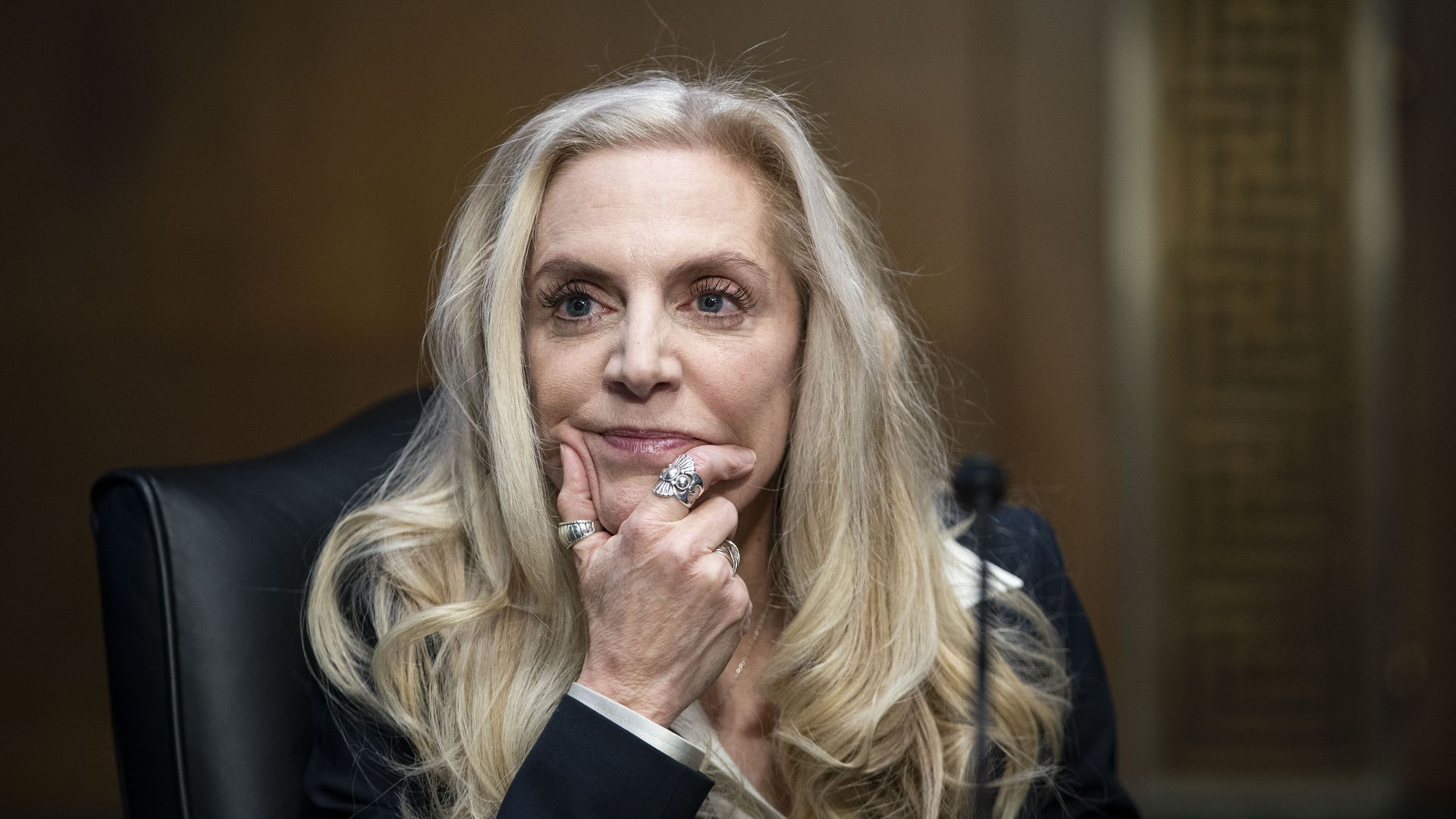| | | | | | | | | | | Axios Markets | | By Emily Peck and Matt Phillips · May 27, 2022 | | TGIF people. Today, Kate Marino explains what's going on in Sri Lanka, and surfaces a new wild card in the sovereign debt world. But first, some business: We'll be off on Monday for Memorial Day. OK, let's get to it. Today's newsletter is 1,078 words, 4 minutes. | | | | | | 1 big thing: Why Sri Lanka matters |  | | | Illustration: Natalie Peeples/Axios | | | | The south Asian island nation of Sri Lanka just defaulted on its debt. Its situation is not so different from a host of other lower-income nations — and there's no reason to think others won't share the same fate, Axios' Kate Marino writes. Why it matters: In a sovereign debt crisis, the biggest victims aren't the international creditors — but the regular people whose economy is put in a holding pattern while the government haggles over austerity and repayment schedules. - And with global markets so closely intertwined, even small, seemingly containable crises can reverberate in unpredictable ways, says Jeremy Mark, a senior fellow with think tank the Atlantic Council and a former International Monetary Fund official.
The big picture: Countries like Sri Lanka loaded up on debt before and during COVID. Now, rising interest rates will make these debt loads more expensive — and chill the growth that's needed to help pay them off. - The war in Ukraine has made the already precarious financial positions of many nations even worse, generating food and energy price shocks while interrupting trade and tourism.
- Don't forget government corruption (a factor not unique to Sri Lanka): "Some observers argue Sri Lanka's debt crisis is the product of the hubris, mismanagement and alleged venality of political elites including the Rajapaksa family," as the Financial Times puts it.
What they're saying: "The question a lot of people have is: Is this just the beginning of defaults?" Mark says. - Martin Mühleisen, formerly an IMF director, tells Axios, "We're already seeing a slow-moving crisis affecting some weaker countries. And there's nothing to say that this can't widen, especially if we have a recession in the U.S."
State of play: The IMF estimates that about 60% of low-income countries are either in debt distress or at high risk of it — that figure has doubled since 2015. The impact: Besides a defaulter's inability to borrow from global markets, internal ripple effects from default can further destroy that country's economy. - For instance, domestic banks usually have high lending exposure to their own government — so losses there can in turn curb lending to companies and households. That crimps growth, which further shrinks government finances.
- In lending lingo, this is called a "doom loop."
The bottom line: This round of debt crises, if it comes to pass, shouldn't be as vast as, say, the Latin America debt crisis of the 1980s, when countries defaulted like dominos, says Mitu Gulati, a law professor at the University of Virginia who focuses on sovereign debt restructuring. - That go-round was spurred by rates that rose far more rapidly than they're expected to now.
- But that crisis offers an illustration of the economic cost of debt mismanagement, and of a long, drawn-out resolution process: The stagnant '80s are known as the "lost decade" for Latin America.
|     | | | | | | 2. Sovereign debt wild card: China |  Data: The World Bank; Note: Paris Club is a group of official creditors from major creditor countries; Chart: Thomas Oide/Axios China is the new wild card in government debt negotiations, Kate writes. - It's morphed into a lending heavyweight to lower-income countries, as the chart above shows.
Why it matters: Chinese lenders, pretty green in the world of sovereign restructuring negotiations, appear resistant to the fundamental linchpin of the process — forgiving some of what they're owed, says UVA's Mitu Gulati. - That could make this next round of government debt restructurings even longer and more complicated.
How it works: A typical debt restructuring deal entails creditors taking some losses while the country's government agrees to abide by spending and budget constraints to get back in the market's good graces. So far, China hasn't really been playing ball in restructuring negotiations, as Atlantic Council's Jeremy Mark recently wrote about. - Just look at Zambia — it defaulted back in 2020, and China has been blamed for the lack of progress in talks. Sri Lanka also owes a big chunk of its debt to China.
|     | | | | | | 3. Catch up quick | | 📝 EY plans audit spinoff in Big Four shake-up. (FT) ⬆️ Global equity funds see first weekly inflows in seven weeks. (Reuters) 💸 CEO pay rose 17% in 2021 as profits, share prices soared. (AP) |     | | | | | | A message from Axios | | Masterful communications, for smart leaders by smart leaders | | |  | | | | On 6/3 Axios CEO Jim VandeHei and WndrCo Founding Partner Jeffrey Katzenberg will discuss how modern leaders - in any industry - can capture attention and keep teams engaged. Join the conversation here. | | | | | | 4. More evidence of housing pullback |  Data: FactSet; Chart: Erin Davis/Axios Visuals Pending home sales fell for the sixth straight month in April, according to the trade group National Association of Realtors' pending home sales index, Emily writes. Why it matters: It's yet more evidence that the Fed's rate hikes and general weirdness in the economy put the kibosh on the real estate mania we've seen since the summer of 2020 (we told you about this earlier in the week). Details: This is a leading indicator; a sale counts as pending if a contract was signed but the deal hasn't yet closed. - Pending sales are down 9.1% from last year when folks were scrambling to buy homes.
- The trade group attributes the decline to higher mortgage rates. The 30-year is now at 5.1%, down slightly over the last few weeks but much higher than the 2.95% average a year ago, according to Freddie Mac's data.
|     | | |  | | | | If you like this newsletter, your friends may, too! Refer your friends and get free Axios swag when they sign up. | | | | | | | | 5. Digital dollar warning |  | | | Federal Reserve vice chair Lael Brainard. Photo: Al Drago/ Getty Images. | | | | A top Federal Reserve official gave a stark warning to House lawmakers on Thursday: Move too slow in issuing a central bank digital currency and the dollar's global dominance could eventually be in jeopardy, Axios' Courtenay Brown writes. Why it matters: The U.S. so far remains largely on the sidelines amid a global race for countries to roll out their own digital cash, which could reshape the way millions of people use money. What she's saying: "We shouldn't take the dollar's global status as the dominant payment currency for granted," Lael Brainard, the Fed's vice chair, said at a congressional hearing on central bank digital currencies (CBDCs). - "I would hate for Congress to decide five years from now: 'You, Federal Reserve, you need to catch up. China's out there. The [European Central Bank] is out there.'"
The debate over whether America needs its own digital currency — issued and backed by the U.S. government, much like dollar bills — was reignited in recent weeks after the high-profile blowup of the privately issued stablecoin TerraUSD. - Brainard told lawmakers a U.S. digital dollar could co-exist and complement stablecoins. (Stablecoin issuer Circle said in a comment letter to the Fed that its coin essentially does what a potential CBDC would do, so there's no need for both.)
The bottom line: "The Fed today was far more bullish on a CBDC than we have heard before," says Josh Lipsky, director at the Atlantic Council's GeoEconomics Center, a think tank that tracks CBDC pilots and launches around the world. Go deeper. |     | | | | | | A message from Axios | | Masterful communications, for smart leaders by smart leaders | | |  | | | | On 6/3 Axios CEO Jim VandeHei and WndrCo Founding Partner Jeffrey Katzenberg will discuss how modern leaders - in any industry - can capture attention and keep teams engaged. Join the conversation here. | | | | Have a great long weekend folks! We'll be back here on Tuesday. |  | It's called Smart Brevity®. Over 200 orgs use it — in a tool called Axios HQ — to drive productivity with clearer workplace communications. | | | | | | Axios thanks our partners for supporting our newsletters. If you're interested in advertising, learn more here.
Sponsorship has no influence on editorial content. Axios, 3100 Clarendon Blvd, Arlington VA 22201 | | | You received this email because you signed up for newsletters from Axios.
Change your preferences or unsubscribe here. | | | Was this email forwarded to you?
Sign up now to get Axios in your inbox. | | | | Follow Axios on social media:    | | | | | |











No comments:
Post a Comment